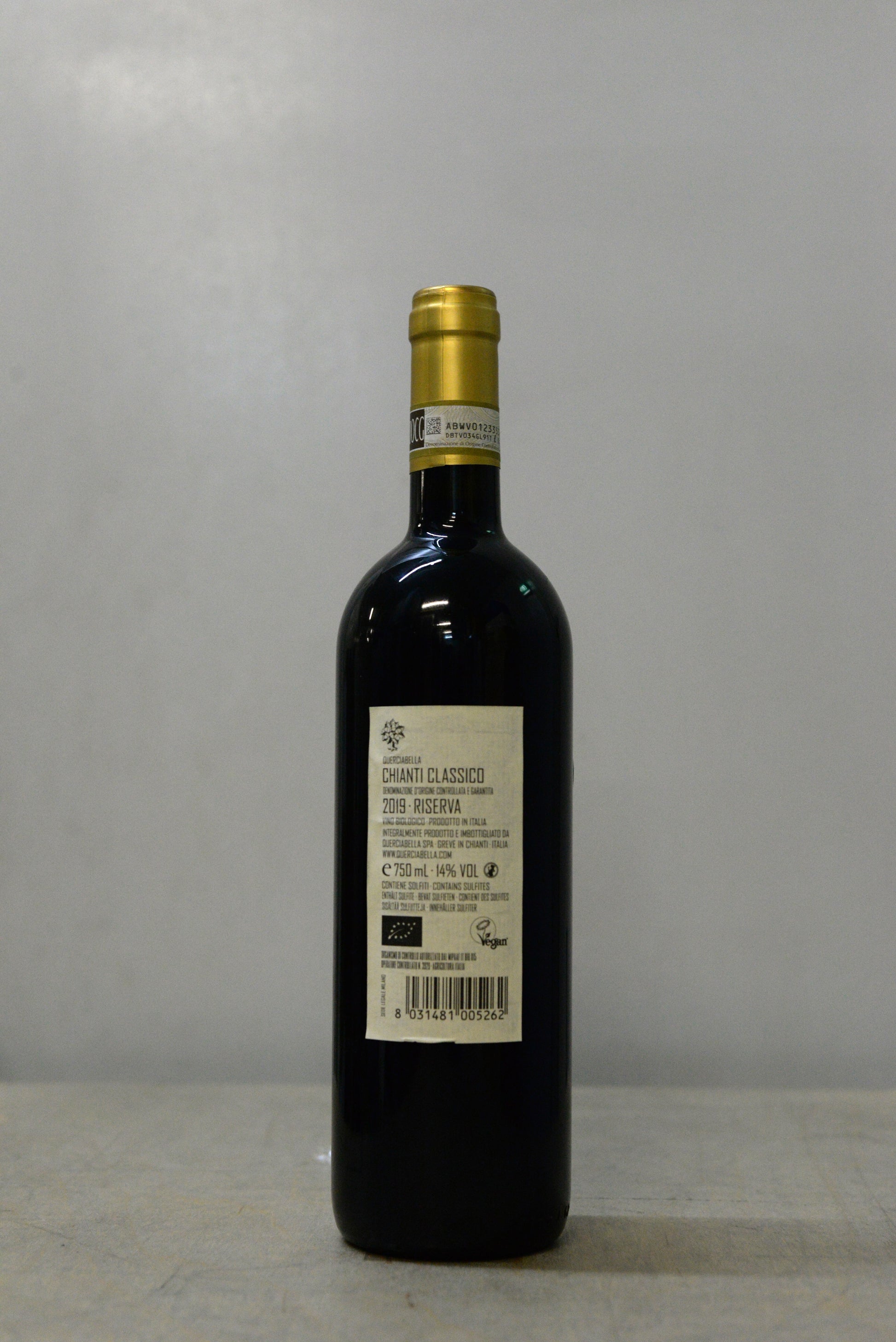Querciabella
2019 Querciabella Chianti Classico Riserva
2019 Querciabella Chianti Classico Riserva
Couldn't load pickup availability
After a mild and dry winter, a cool, wet spring triggered a relatively slow growing season. However, the flowering and fruit set went well, anticipating a phenomenal harvest in quality and quantity. The first week of May saw the temperatures soar, and this heat continued through the Summer. It may have been torrid at times, but there were no problems with drought stress thanks to the abundant water reserves after the spring rains. September brought the desired day/night temperature differences, and excellent phenolic ripeness was achieved with beautiful skin-to-pulp ratios. Balmy conditions persisted well into the harvest that ended in Mid October with the last pickings of Sangiovese.
A vineyard selection of the best parcels of Sangiovese from Greve in Chianti Radda in Chianti and Gaiole in Chianti. In Greve, our vineyards of Sangiovese enjoy a natural south-orientation. The soils, typically composed of sandstone rocks and sands obtained from the flaking of galestro, are richer in clay at lower altitudes (350–400 m a.s.l.) and progressively become looser and more draining as they reach close to 550 m a.s.l. Similar characteristics can be found in Radda (450 m a.s.l.), but the higher presence of galestro slate results in wines of persistent tannins and darker fruit profiles. At 500 m a.s.l., the soils in Gaiole are rich in calcium carbonate and deliver a riper expression of the Sangiovese fruit and a marked acidity thanks to the presence of limestone rocks, also known as Albarese.
Share



